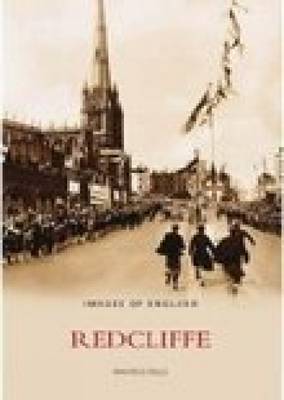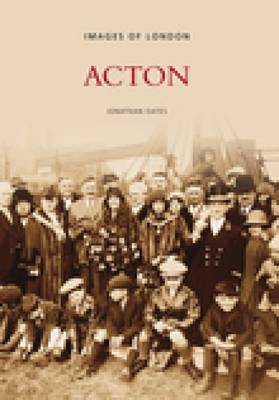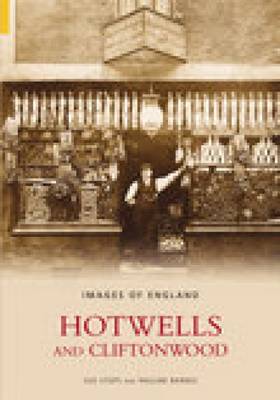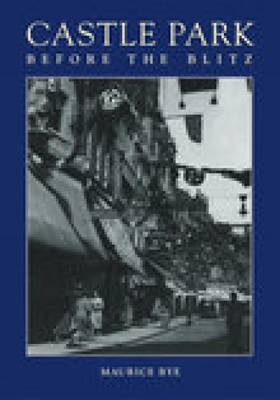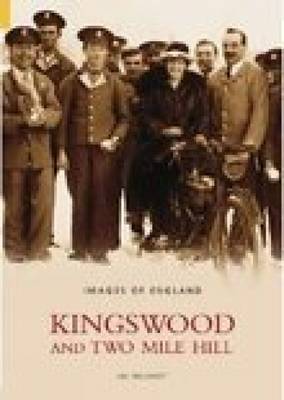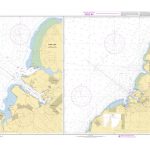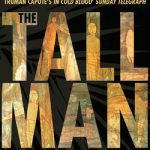Category Archives: Travel Guides
Acton
The Port of Bristol
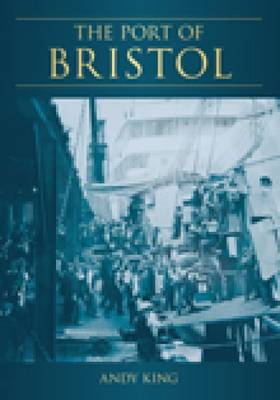
“The Port of Bristol” looks at a slice of the Port`s long history and industrial heritage (1908 – 1977), a period in which it was thriving and growing dramatically. During the 1870s a number of granaries and mills were constructed in the City Docks, and more throughout the twentieth century at Avonmouth which, a decade
Bristol Times Revisited
This book is part of the Changing Times series, which combines history records with nostalgia, and public accounts with personal reminiscences to show the history of various local places in Great Britain, and how things have changed over the years.
The Grand Union Canal (South) – Towpath Guide
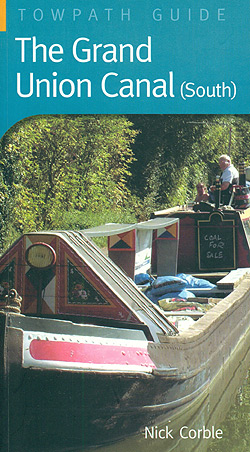
The Grand Union Canal, one of the most famous waterways in the UK, links London to Birmingham. This guide explores the southernhalf of the canal, and its journey from Milton Keynes through the home counties of Buckinghamshire, Bedfordshire, Hertfordshire and finally Middlesex before joining the Thames at Brentford in the heart of West London.Revealing much
The Dings in St Philips
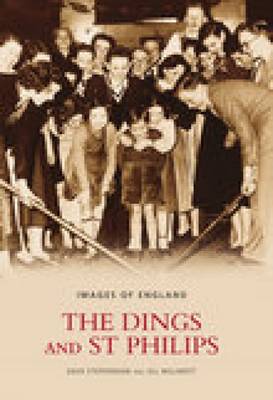
This volume provides a glimpse into the history of The Dings and St Philips during the last century. With over 200 images, this selection highlights changes and events that have taken place in these once industrious Bristol suburbs. Aspects of everyday life are also recalled, from shops, pubs and to celebrations and local sporting heroes.
Camden Town & Kentish Town
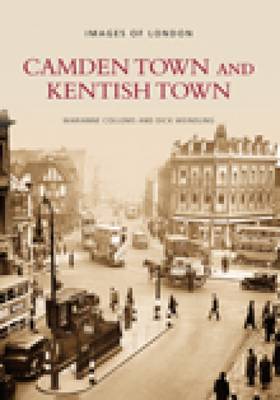
This series of archive images evocatively recreates the Camden and Kentish Towns of the past. The majority of the photographs, postcards and ephemera are from private collections, presented here for the first time in a single volume. Using images of people, streets and houses, shops and local businesses, Camden Town adn Kentish Town shoes the
Crews Hole, St George & Speedwell
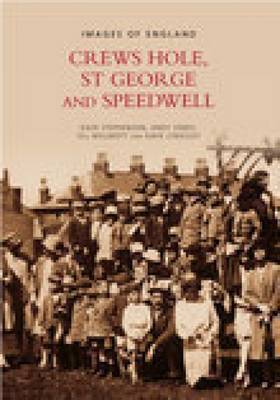
Illustrated with over 200 archive pictures, this collection evocatively captures the histories of Netham, Crews Hole, St George and Speedwell in east Bristol. Snapshots of everyday life, from weddings, charabanc outings, pubs, shops and schools combine with vistas of the industries upon which these communities relied, particularly the collieries and chemical works whose chimneys towered
Keynsham : Archive Images
Haunted Bristol

From paranormal manifestations at the Bristol Old Vic to the ghostly activity of a grey monk who is said to haunt Bristol`s twelfth-century cathedral, this spine-tingling collection of supernatural tales is sure to appeal to anyone interested in Bristol`s haunted heritage. This enthralling selection of newspaper reports and first-hand accounts recalls strange and spooky happenings
Marylebone

This fascinating collection of over 200 images takes is on a tour of the old borough of Marylebone, from Oxford Street to Edgware Road and from Baker Street to St John`s Wood. They sketch Marylebone`s history as one of London`s smaller metropolitan areas which, in 1965, amalgamated with nearby Westminster and Paddington to form the
Bristol Channel Shipping Remembered
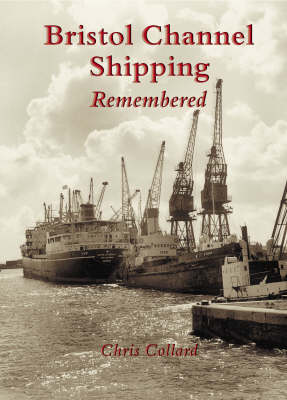
In its heyday the Bristol Channel was a thriving estuary where ships of all descriptions were to be seen, ranging from elegant passenger and cargo liners to the utilitarian tugs and dredgers, each one fulfilling its own essential function in pursuit of the continuing flow of commerce. The post-war years, however, brought about a slow







